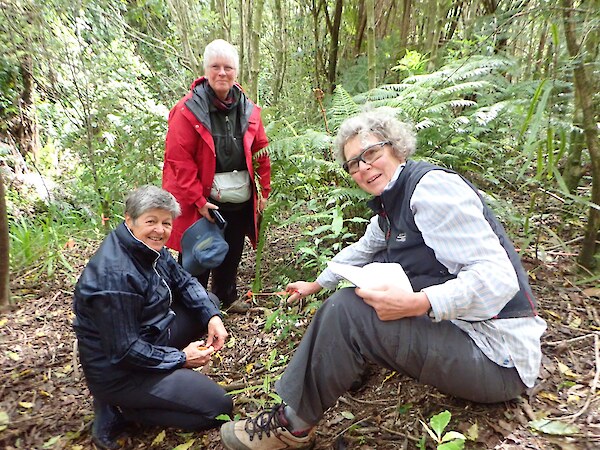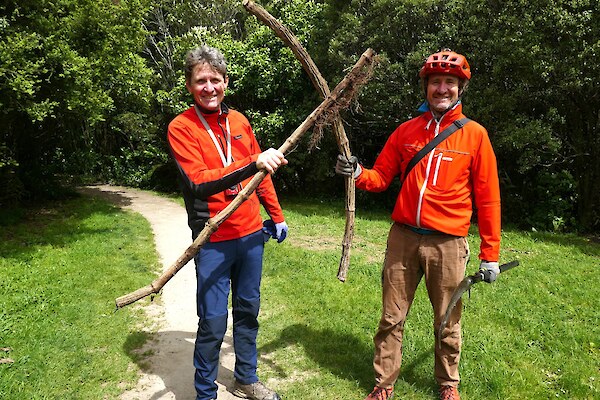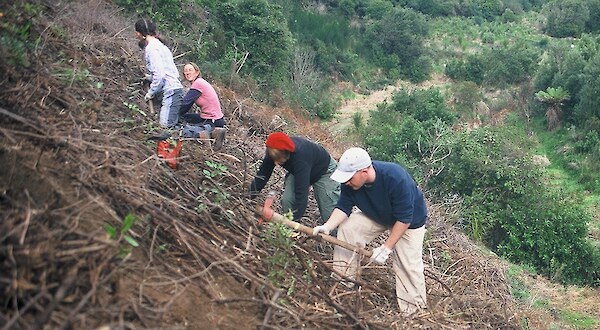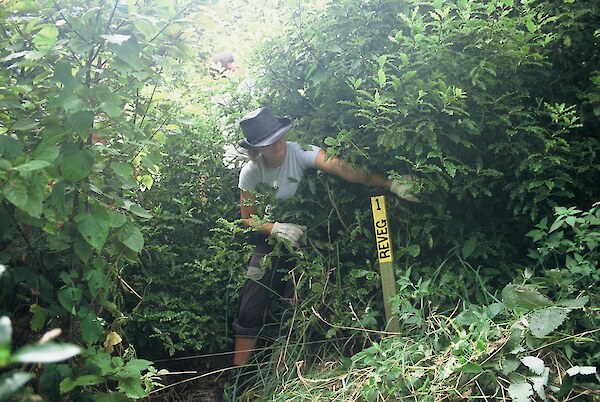Why not join our Heritage Tour?
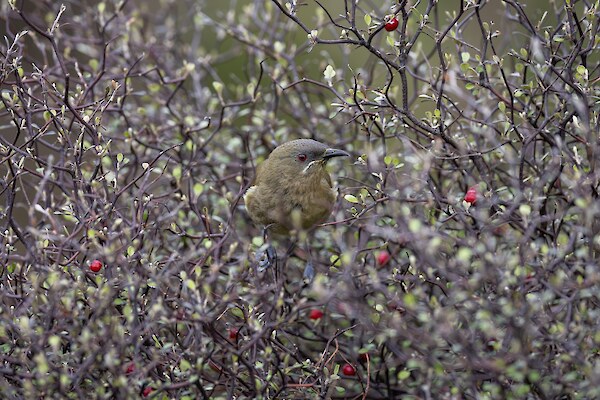 Korimako, Tony Stoddard wildbirds.nzWhy does Ōtari have the single largest collection of native plants in the country? And the oldest native forest in Wellington city? What important centenary will be celebrated next year? Who built the huge rock garden (by hand)? What happened to the curator’s vegetable garden? Who took a barrowload of dead kākā to the poultry shop, and why that was OK (kind of). What was this korimako (bellbird) mother up to in Ōtari this month? All these questions, and more, will be answered in our upcoming Heritage Festival Guided Tour, Saturday November 1st. The tour starts at 2pm, meet at Tāne Whakapiripiri, the Ōtari visitor centre. Book at https://www.eventfinda.co.nz/2025/heritage-of-otari-wiltonrs-bush-the-gardens-and-gardeners/wellington
Korimako, Tony Stoddard wildbirds.nzWhy does Ōtari have the single largest collection of native plants in the country? And the oldest native forest in Wellington city? What important centenary will be celebrated next year? Who built the huge rock garden (by hand)? What happened to the curator’s vegetable garden? Who took a barrowload of dead kākā to the poultry shop, and why that was OK (kind of). What was this korimako (bellbird) mother up to in Ōtari this month? All these questions, and more, will be answered in our upcoming Heritage Festival Guided Tour, Saturday November 1st. The tour starts at 2pm, meet at Tāne Whakapiripiri, the Ōtari visitor centre. Book at https://www.eventfinda.co.nz/2025/heritage-of-otari-wiltonrs-bush-the-gardens-and-gardeners/wellington
Posted: 22 October 2025

